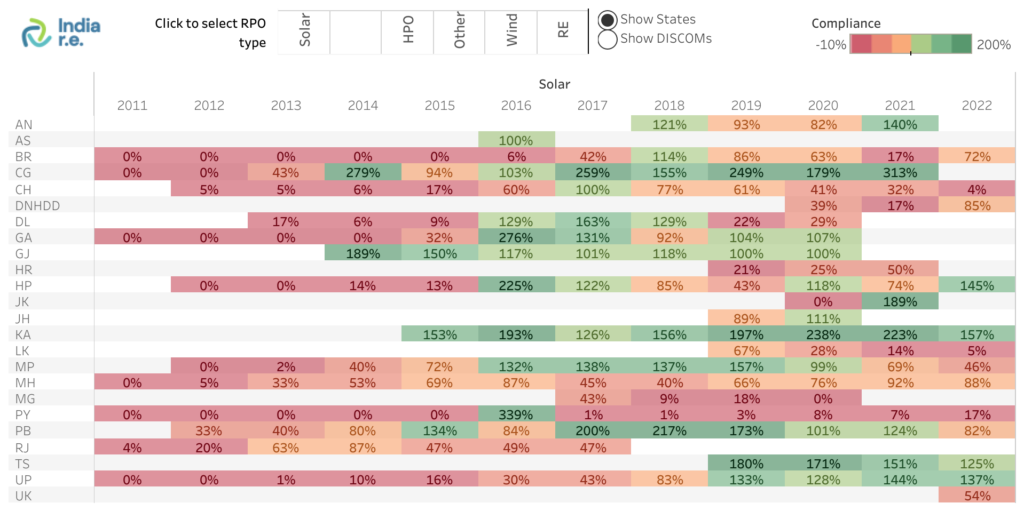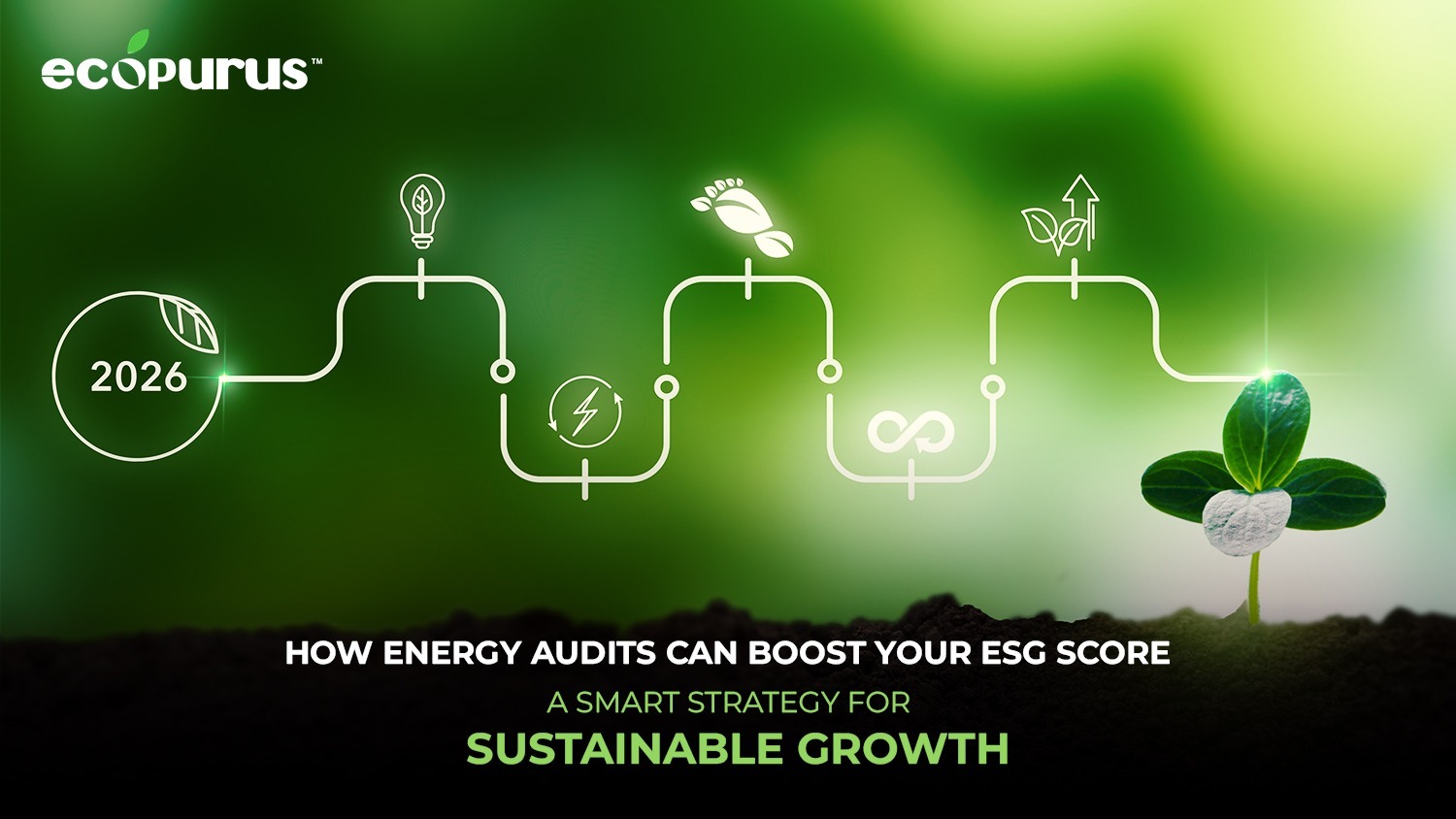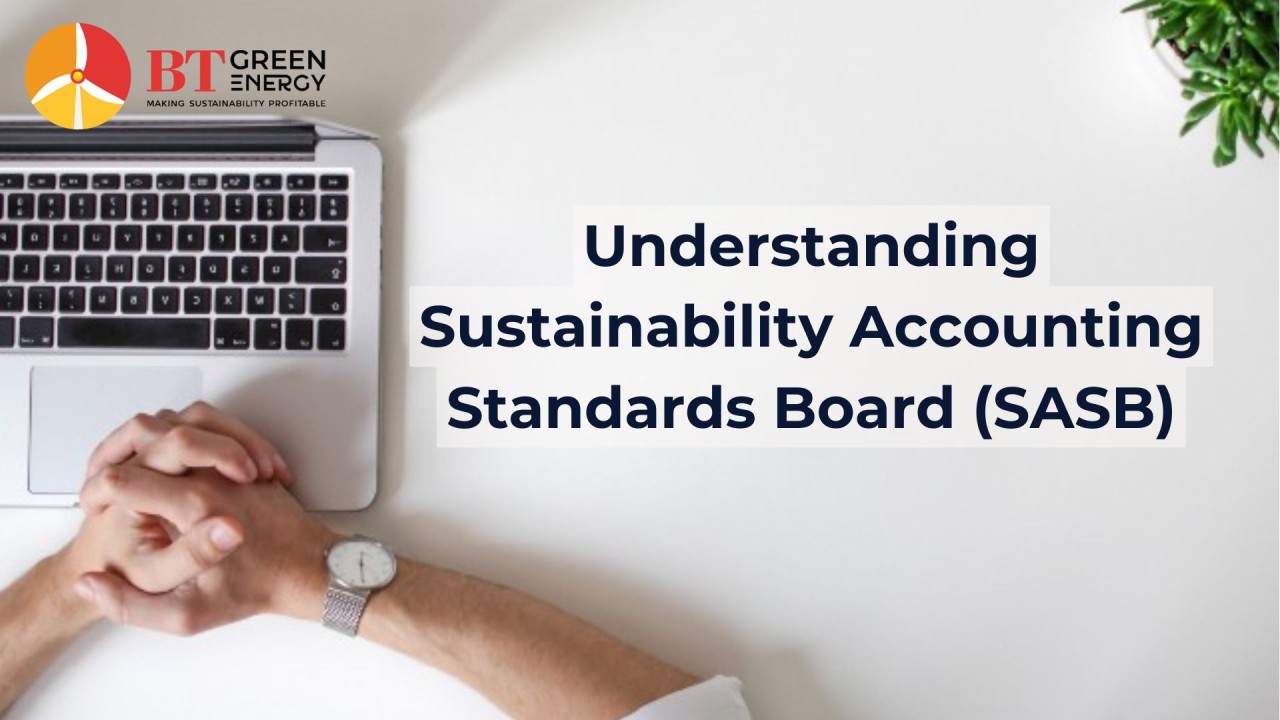
What are Renewable Purchase Obligations (RPOs)?
Renewable Purchase Obligations (RPOs) are mandates requiring certain entities to procure a minimum specified percentage of their total electricity consumption from renewable energy sources. This policy aims to increase the share of renewables in the overall energy mix, reduce dependency on fossil fuels, and mitigate environmental impacts. RPOs apply to a range of obligated entities, including electricity distribution companies (DISCOMs), open-access consumers, and captive power producers, many of which belong to the C&I sectors.
Key Components of RPOs
- Obligated Entities: These include DISCOMs, open access consumers, and captive power producers, particularly within the C&I sectors, who must meet specific RPO targets.
- Compliance Targets: Set by State Electricity Regulatory Commissions (SERCs), these targets specify the percentage of energy consumption that must come from renewable sources.
- Renewable Energy Certificates (RECs): Tradable certificates used by obligated entities to fulfil their RPOs if they cannot directly source renewable energy.
Regulatory Framework for RPOs in India
The framework for RPOs is established by the Electricity Act, 2003, the National Tariff Policy, 2006, and subsequent amendments, along with regulations issued by the Central Electricity Regulatory Commission (CERC) and State Electricity Regulatory Commissions (SERCs).
Key Provisions Relevant to C&I Sectors:
- Electricity Act, 2003 – Section 86(1)(e): Mandates SERCs to specify RPOs for distribution licensees in their respective states, ensuring that a portion of electricity consumption is sourced from renewable energy.
- National Tariff Policy, 2006 and Amendments: Directs SERCs to set progressively increasing RPO targets, reflecting India’s commitment to renewable energy.
- CERC Guidelines: Provide a national framework for RPO implementation, including the issuance and trading of RECs, which are crucial for C&I sectors that rely on open access or captive generation.
- SERCs Regulations: Define state-specific RPO targets and compliance mechanisms, which are especially relevant for C&I sectors due to their high energy consumption and potential for renewable energy adoption.
Relevance of RPOs
- C&I businesses that procure electricity directly from power generators, or generate their own electricity through captive power plants are obligated to meet RPO targets, impacting their energy strategies.
- RPO compliance involves additional costs such as purchasing RECs or investing in renewable infrastructure. However, it also offers potential long-term savings through reduced energy costs and government incentives for renewable energy projects.
- RPOs align with broader energy strategies for C&I sectors, encouraging a transition to sustainable practices, reducing carbon footprints, and enhancing corporate social responsibility (CSR) profiles.
- Compliance with RPOs and investment in renewable energy can improve a company’s reputation as an environmentally responsible entity, beneficial in markets increasingly focused on ESG criteria.
Types of Renewable Purchase Obligations
RPOs are categorised based on the type of renewable energy source:
- Solar RPOs (S-RPOs): Mandates a specific percentage of electricity consumption from solar energy, crucial for sectors looking to leverage India’s solar potential.
- Non-Solar RPOs (N-SROs): Covers other renewable sources like wind, biomass, and hydro, ensuring a diversified renewable energy mix.
Compliance Mechanisms for RPOs
(For a detailed discussion on Renewable Energy Adoption, mail us at contact@btgreenenergy.com and schedule a free consultation call)
a. Direct Procurement of Renewable Energy: Obligated entities can meet RPOs by directly purchasing renewable energy through Power Purchase Agreements (PPAs) or setting up captive renewable energy plants.
b. Renewable Energy Certificates (RECs): For C&I entities unable to meet RPOs through direct procurement, RECs provide a flexible compliance mechanism. These certificates represent 1 MWh of renewable energy and can be traded on power exchanges.
c. Penalties for Non-Compliance: Non-compliance with RPO targets can lead to financial penalties imposed by SERCs, reinforcing the need for C&I sectors to integrate renewable energy into their energy portfolios.
RPO Trajectory and Targets
India’s Ministry of Power sets national RPO trajectories, providing a roadmap for increasing the share of renewables in the energy mix. State-specific targets are set by SERCs based on local renewable energy potential and consumption patterns.

Challenges in Implementing RPOs
Despite the benefits, several challenges affect the effective implementation of RPOs:
- Varying State-Level Targets: Disparities in RPO targets across states can complicate compliance for companies operating in multiple regions.
- Compliance and Enforcement Issues: Inconsistent enforcement and lack of awareness among smaller obligated entities can hinder effective compliance.
- REC Market Challenges: Market volatility and regulatory uncertainties in the REC market impact its efficacy as a compliance tool.
Recent Reforms and Policy Initiatives
To strengthen the RPO framework, the government has introduced reforms such as:
- Revised RPO Targets and Enforcement: More ambitious targets with clearer compliance guidelines.
- Introduction of New Obligations: Considering green hydrogen and energy storage under the RPO framework to encourage investment in emerging technologies.
- Support for Distributed Renewable Energy (DRE): Promoting rooftop solar and other decentralised systems to help C&I sectors meet RPOs.
Future Outlook for RPOs in India
The future of RPOs in India is poised for growth, with increasing targets and a focus on emerging technologies. For C&I sectors, understanding and complying with RPOs will be essential for aligning with national energy goals and enhancing sustainability practices.
Post a comment Cancel reply
Related Posts
How Energy Audits Can Boost Your ESG Score: A Smart Strategy for Sustainable Growth
How Energy Audits Can Boost Your ESG Score: A Smart Strategy for Sustainable Growth In…
How Eco Check Empowers Businesses To Reduce Emissions
How Eco Check Empowers Businesses To Reduce Emissions In today’s business landscape, climate responsibility is…
New SEBI ESG Debt Guidelines Raise the Bar—But Do Mid-Sized Companies Have a Ladder?
New SEBI ESG Debt Guidelines Raise the Bar—But Do Mid-Sized Companies Have a Ladder? SEBI’s…
Ecopurus Certification: Why It Matters And How To Achieve It
As people talk more about climate change and protecting the environment, businesses are expected to…











